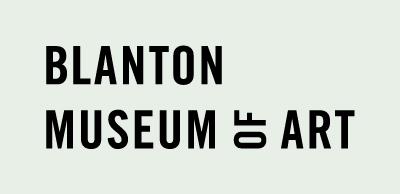La perspective du Pont Neuf de Paris [View of the Pont Neuf in Paris]
Primary
Stefano Della Bella
(Florence, Italy, 1610–1664)
NationalityItalian, Europe
Date1646
MediumEtching
DimensionsSheet: 14 5/16 × 27 5/16 in. (36.4 × 69.4 cm)
Additional Dimension: 14 1/8 × 27 1/16 in. (35.8 × 68.7 cm)
Additional Dimension: 14 1/8 × 27 1/16 in. (35.8 × 68.7 cm)
Credit LineBlanton Museum of Art, The University of Texas at Austin, Gift of Patricia Ross, by exchange, 2003.124
Rights Statement
Collection AreaPrints and Drawings
Object number2003.124
On View
Not on viewThe finest professional etcher in seventeenth-century Italy, Stefano della Bella brought high Baroque style, rich invention, and subtle hand to the interpretation of contemporary and genre subjects. Jacques Callot inspired his interests and early service to the Medici. While working in Rome in the 1630s, he studied art broadly. In Paris in the 1640s, under the patronage of the Cardinal Mazarin and the Duc de Richelieu, he was further influenced by Dutch etching. His late series transcends their genre to achieve real painterliness and anticipate aspects of eighteenth-century etching.
This is the masterpiece of della Bella’s period in Paris. The Pont Neuf was the city’s first modern bridge and a popular meeting place. The near ground is a microcosm of French society, from royal carriages and strolling lovers to ruffians and stray animals. At the center of the bridge presides a statue of Henri IV, who had seen the structure completed in 1604. Beyond spreads a westward panorama of the heart of Paris, its monuments identified in the key below. Apparent only in such early impressions, the whole is pervaded by a heavy atmosphere and animated by a sparkling light. Combining genre scene, historical print, and topographic view, it is an extended metaphor of France itself.
The collection contains 111 etchings and three fine drawings by della Bella.
Exhibitions

![La perspective du Pont Neuf de Paris [View of the Pont Neuf in Paris]](/internal/media/dispatcher/14856/preview)

![La perspective du Pont Neuf de Paris [View of the Pont Neuf in Paris]](/internal/media/dispatcher/14856/full)


![Profil de la ville de Nancy, from Diverses vues d'endroits remarquables d'Italie et de France [Various views of remarkable places in Italy and France]](/internal/media/dispatcher/19249/thumbnail)
![Titlepage from Diverses vues d'endroits remarquables d'Italie et de France [Various views of remarkable places in Italy and France]](/internal/media/dispatcher/19250/thumbnail)